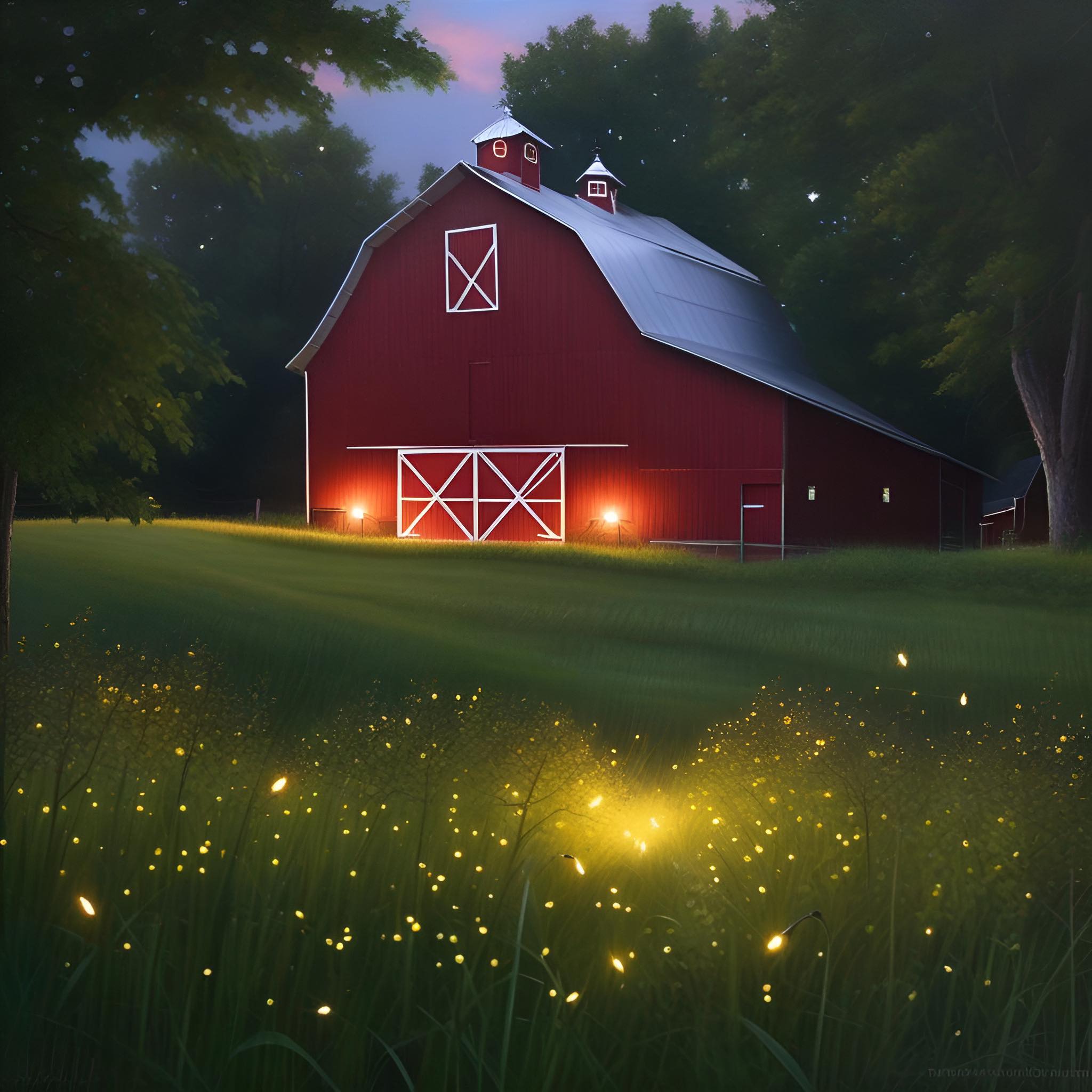
Wisconsin Fireflies Seem All But Gone
Growing up in Wisconsin, many of us have fond memories of chasing after Fireflies on warm summer nights. However, if you have taken notice in recent years, you may have realized that these magical insects are becoming increasingly harder to find.
So why are there fewer Fireflies in Wisconsin now compared to 20 years ago?
One of the main factors contributing to the decline in Firefly populations is habitat loss. As cities and suburbs continue to expand, large areas of natural habitats such as forests, wetlands, and grasslands are being destroyed or converted into developed land. Lightning bugs rely on tall grasses and vegetation for shelter and breeding, and without these essential habitats, their populations are declining.
Additionally, the use of pesticides and fertilizers in agriculture and landscaping has led to a decrease in the number of insects that lightning bugs rely on for food. Pesticides can kill off not only the pests they are targeting, but also beneficial insects such as beetles, ants, and spiders that Fireflies feed on. As a result, Fireflies are left with limited sources of food, making it difficult for them to survive and reproduce.
Another significant factor contributing to the decline in Firefly populations is light pollution. Artificial lights from buildings, streetlights, and cars can interfere with the natural light signals that Fireflies use to communicate and mate. This disruption in their mating behavior can lead to a decrease in their populations over time.
Climate change is also playing a role in the decline of Fireflies in Wisconsin. Rising temperatures and fluctuating weather patterns can impact the timing of Firefly emergence and mating cycles. Changes in temperature and precipitation can also affect the availability of suitable habitats for Fireflies to thrive.
So, what can we do to help protect and support Firefly populations in Wisconsin?
One simple step we can take is to reduce our use of pesticides and fertilizers in our yards and gardens. By choosing natural and organic methods of pest control, we can help preserve the insects that Fireflies rely on for food.
Another way to help Fireflies is to reduce light pollution in our communities. By using energy-efficient lighting and installing shields on outdoor lights to direct light downward, we can minimize the impact of artificial lights on Fireflies and other nocturnal insects.
Lastly, we can also support habitat conservation efforts in our communities by planting native plants and creating wildlife-friendly spaces in our yards and neighborhoods. By providing essential habitats for Fireflies to thrive, we can help ensure that future generations can continue to experience the magic of chasing after these enchanting insects on summer nights in Wisconsin.
Comments
0 comments










